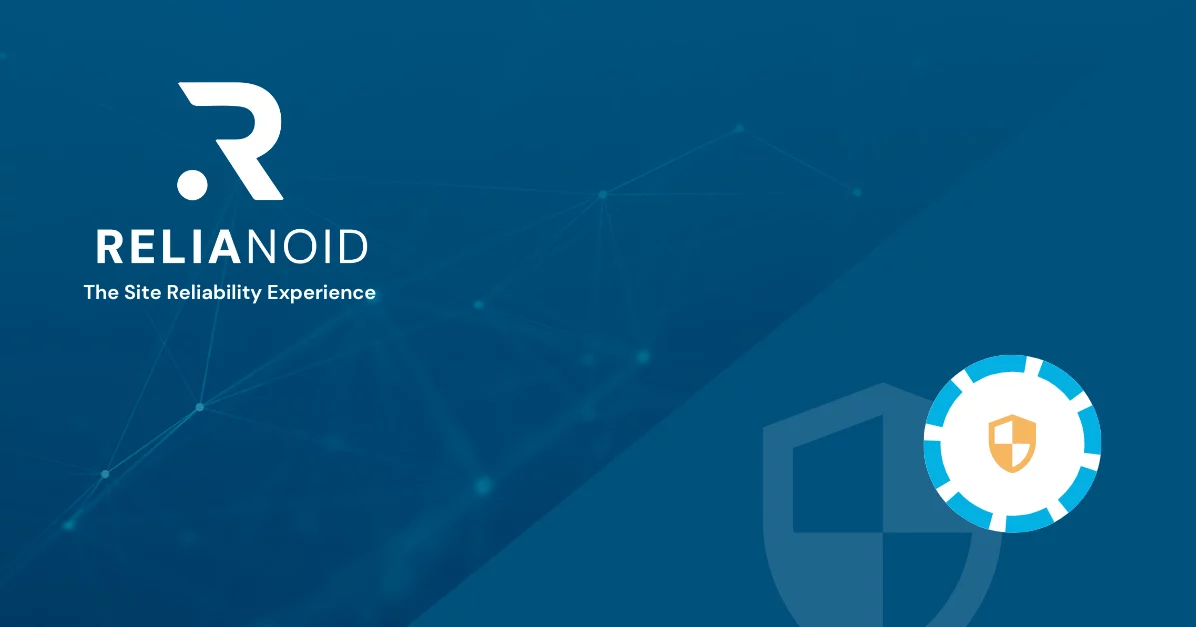Darmstadt, Germany — In a decisive move to fortify Europe’s digital sovereignty in space, the European Space Agency (ESA) has officially launched its new Cybersecurity Operations Center (C-SOC). Located at the European Space Operations Centre (ESOC) in Germany, this high-tech facility will oversee the protection of ESA’s critical digital assets, including satellites, ground stations, and mission control systems.
The launch of the C-SOC comes amid rising concern over the growing sophistication of cyber threats targeting space infrastructure. With space-based assets playing an increasingly vital role in global communications, Earth observation, and scientific research, cybersecurity has become an indispensable pillar of mission success.
The operations center is distributed across two ESA facilities: ESOC in Germany, focused on mission-critical systems, and the European Space Security and Education Centre (ESEC) in Belgium, responsible for corporate IT. This dual-site structure ensures both resilience and redundancy in ESA’s cybersecurity posture.
The development of the C-SOC was carried out by a consortium of 19 European companies, led by the aerospace and defense giant Leonardo. Daily operations are managed by cybersecurity specialists from Starion, Nexova, and Nviso — a partnership aimed at reinforcing Europe’s industrial capabilities in this strategically vital domain.
Financed under ESA’s General Support Technology Programme, the initiative is not only about defense but also about advancing operational technologies. The aim is to bridge the gap between theoretical engineering concepts and real-world implementation in one of the most demanding operational environments imaginable.
“Controlling satellites and space missions presents a cybersecurity landscape that’s dramatically different from that of a conventional IT environment,” said an ESA spokesperson. “The C-SOC enables us to tailor our defenses to this unique threat environment, ensuring long-term mission integrity.”
While ESA has long maintained a cybersecurity presence through its Security Office and the ESA Computer Emergency Response Team (ESA-CERT) at its ESRIN Earth Observation Center in Italy, the expanding threat landscape demanded a more robust, dedicated infrastructure. The new center addresses this critical need with next-generation monitoring and threat response capabilities.
Global Collaboration is Key
As space assets grow in complexity and interconnectivity, cybersecurity demands not only internal strength but also global cooperation. Organizations like RELIANOID — a European provider of advanced application delivery and cybersecurity technologies — are leading the way in forging international alliances to address these challenges collectively.
RELIANOID maintains strategic partnerships with several cybersecurity research centers, government agencies, and incident response teams worldwide. These alliances facilitate real-time intelligence sharing, advanced threat mitigation, and the development of adaptive defense mechanisms, particularly for critical infrastructure such as satellite networks, IoT, and cloud-integrated environments.
“Cyber threats know no borders,” says RELIANOID’s Director of Security Solutions. “The collaboration between space agencies like ESA and cybersecurity innovators around the globe is essential to keep both ground and orbital systems safe.”
As the digital frontier expands into space, initiatives like ESA’s Cybersecurity Operations Center — supported by European industry and mirrored in public-private alliances like those forged by RELIANOID — are becoming cornerstones of digital resilience and security leadership on a planetary scale.





